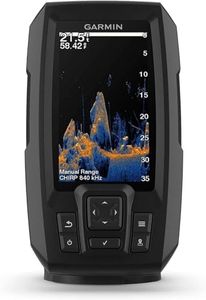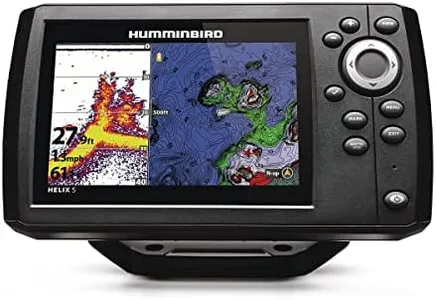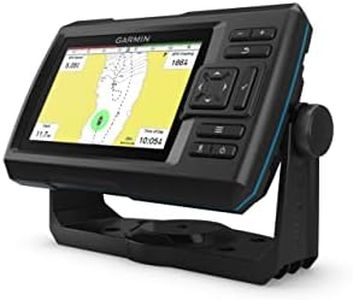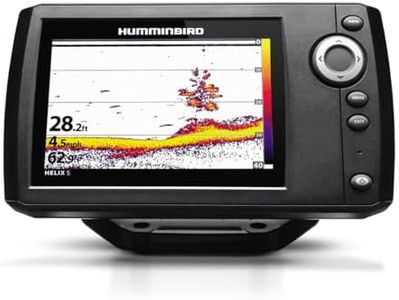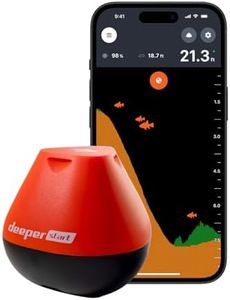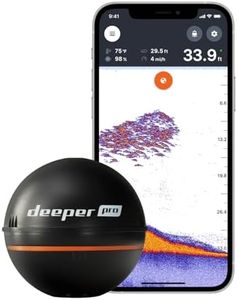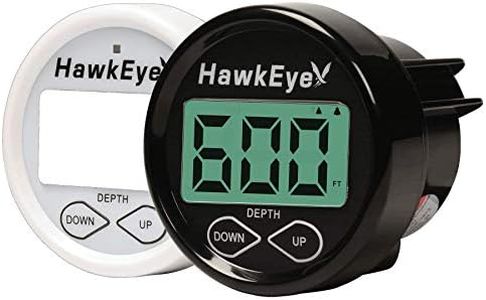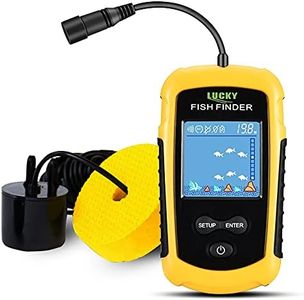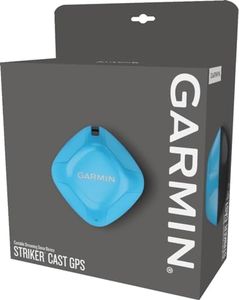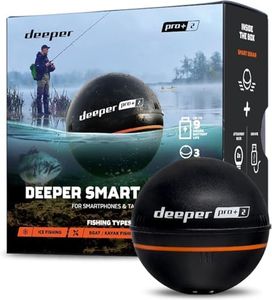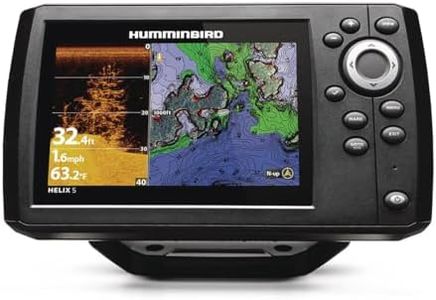We Use CookiesWe use cookies to enhance the security, performance,
functionality and for analytical and promotional activities. By continuing to browse this site you
are agreeing to our privacy policy
10 Best Depth Finders For Boats
From leading brands and best sellers available on the web.By clicking on a link to a third party's website, log data is shared with that third party.
Buying Guide for the Best Depth Finders For Boats
Choosing a depth finder for your boat is all about matching the technology to your style of boating and your environment. Depth finders, also known as fish finders or echo sounders, use sonar to measure water depth and often provide information about underwater terrain and fish presence. Thinking clearly about where, how often, and for what purposes you’ll use your depth finder will help you narrow down your options and find one that best enhances your boating experiences.Display Size and ResolutionThe display is the screen where you view information from the depth finder. A larger, higher-resolution screen makes it easier to read data, especially in bright sunlight or when displaying detailed images. Small displays (less than 4 inches) are more compact and fit well in limited spaces, but may be harder to read. Medium (4–7 inches) balances readability and space, while large screens (over 7 inches) offer easy viewing for complex readings and split-screen features. Consider your dashboard space and how much data you want to see at once to choose the right size for you.
FrequencyFrequency refers to the sound waves sent by the depth finder’s transducer to scan the water. Lower frequencies (around 50 kHz) penetrate deeper but offer less detail, making them suitable for deep water. Higher frequencies (over 200 kHz) give more detail and work best in shallow water. Some depth finders offer dual frequencies, letting you switch depending on where you’re boating. Consider whether you’ll be mostly in shallow lakes or deep-sea environments to decide which frequency coverage you need.
Power Output (Wattage)Power, measured in watts, affects how well the depth finder can send and receive sonar signals, especially at greater depths. Lower power units (100–300 watts) are fine for shallow, clear freshwater use. Medium power (300–600 watts) is good for varied uses, while high-powered units (600 watts or more) are ideal for deep water or turbid conditions. If you often boat in deep or muddy waters, more power helps maintain accurate readings.
Transducer Type and MountingThe transducer is the part that emits and receives the sonar waves. It can be attached to the hull, troll motor, or inside the boat, depending on design. Transom-mount transducers are easy to install for most recreational boats, through-hull units are permanent and best for larger boats, and in-hull types don’t contact the water directly. Your boat type, hull material, and comfort with installation should guide you when picking the right transducer and mounting style.
GPS IntegrationSome depth finders come with built-in GPS, which can show your position and help you mark fishing spots or navigate unfamiliar waters. Models with GPS are great if you want added functionality like route plotting or mapping underwater features. If you already have a separate marine GPS, you might not need this built-in, but having everything in one device can be convenient.
Sonar Technologies (CHIRP, Side/Down Imaging)Modern depth finders may use advanced sonar technologies. CHIRP sonar sends a range of frequencies for clearer, more detailed images. Side imaging scans the water to the left and right of your boat, while down imaging gives high-detail views beneath you. These technologies help distinguish between fish, structure, and debris. If you want detailed underwater pictures for serious fishing, look for these features; for simple depth reading, they may be less necessary.
Ease of UseUser-friendly controls and understandable menus are important, especially if you’re new to depth finders. Some units are touchscreen or have intuitive button layouts, making them easier to operate on the water. Think about how comfortable you are with technology and whether you want something simple and straightforward, or if you enjoy learning more advanced features.
